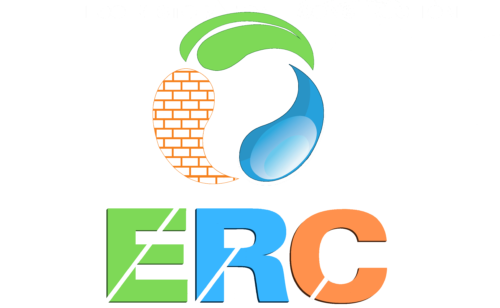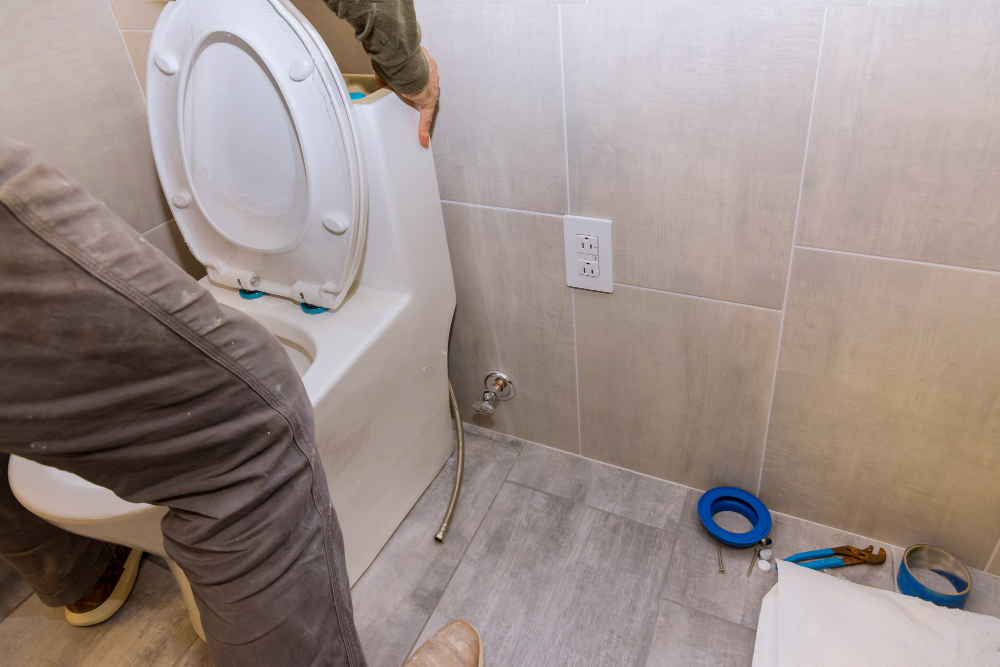The nightmare of a flooded toilet is something most homeowners hope to never face. Typically, toilets don’t just leak; they overflow due to clogs or blockages. Persistent clogging issues can eventually lead to leaks, causing significant water damage to your bathroom and potentially to the structure of your home.
Such damage can be costly, often exceeding $5,000, and while home insurance may cover it, deductibles can be high. Understanding the risks and knowing how to respond effectively is crucial in mitigating these disasters.
Preventing Toilet Flooding
Prevention is always better than cure when it comes to plumbing issues. Regular toilet maintenance is key. Avoid overstuffing the drain with toilet paper, and if you must use more, flush periodically during use. Be vigilant: if the toilet doesn’t flush properly, you’re likely facing a clog. Avoid repeated flushing in this scenario, as it can cause overflowing and lead to water damage.
Tackling a Clogged Toilet
A plunger should be a staple in every bathroom for unclogging toilets. In most cases, vigorous plunging clears the blockage, allowing the toilet to flush normally. However, if plunging doesn’t resolve the issue, it’s best to seek professional help rather than risk further damage.
Immediate Actions for Overflowing Toilets
If you find yourself in a situation where the toilet water keeps rising, immediately turn off the water supply by twisting the knob under the tank. This stops more water from flooding the area. Clean up any spillage promptly and call a professional plumber to address the underlying issue.
Dealing with Toilet Water Damage
The aftermath of toilet flooding isn’t just messy; it’s potentially hazardous. Toilet water, containing waste and sewage, can severely contaminate your home environment. If this water seeps into flooring or carpets, it creates unsanitary conditions ripe for mold, fungus, and bacteria growth. Addressing this promptly is essential to avoid long-term damage and health risks.
Post-Flooding Response and Restoration
In the event of a toilet overflow, immediate action is required to minimize damage. First, remove as much water as possible and dry the area thoroughly. You may need to contact a water damage restoration professional in Florida to sanitize affected areas with special chemicals. In severe cases, replacement of damaged flooring or carpeting might be necessary to fully restore the area.
Preventive Maintenance and Best Practices
To reduce the risk of toilet flooding, perform regular maintenance checks every six months. Inspect components like the flush valve, chain, and supply valve to ensure everything is functioning correctly. In case of a clog, use a plunger immediately and avoid multiple flushes. Understanding how to shut off the toilet’s water supply is also critical in preventing a minor issue from becoming a major problem.
Conclusion and Proactive Measures
In summary, understanding the causes and solutions for toilet flooding is essential for every homeowner. Regular maintenance, prompt response to clogs, and knowledge of how to cut off the water supply are key in preventing serious water damage. Should an overflow occur, quick action, possibly including professional assistance, is vital to mitigate damage and ensure a healthy, safe living environment. Remember, being proactive and prepared can save you from costly and unpleasant consequences.






